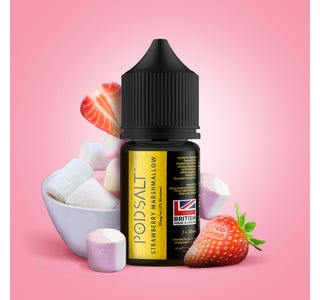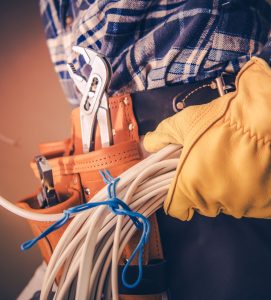DIY Vaping: Crafting Your Own E-Liquid At Home

For those who enjoy a hands-on approach and want to tailor their vaping experience to specific preferences, creating DIY e-liquid at home provides a creative and customizable alternative. However, DIY vape Dubai requires careful attention to safety, precision, and knowledge of the ingredients involved.
Understand the basics
Ingredients:
DIY e-liquid typically consists of four main ingredients:
- Propylene glycol (PG): A thin, tasteless liquid that enhances flavor and provides a throat hit.
- Vegetable glycerin (VG): A thicker, sweeter liquid that produces vapor and contributes to the overall viscosity of the e-liquid.
- Flavorings: Food-grade flavor concentrates that add taste to the e-liquid. These can be single flavors or complex blends.
- Nicotine: Optional and available in various concentrations. Use with caution and follow safety guidelines.
Gather equipment:
- Safety gear: Invest in safety gear, including gloves and protective eyewear. Handling nicotine requires careful precautions to avoid skin contact.
- Measuring tools: Accurate measuring tools, such as syringes and pipettes, are essential for precision. Mixing by volume or weight is a personal preference.
- Containers: Use clean and sterile containers for mixing and storing e-liquids. Glass or plastic bottles with tight-sealing caps work well.
Calculate nicotine levels and ratios:
- Nicotine calculation: If using nicotine in your DIY e-liquid, calculate the desired nicotine level per milliliter accurately. Be cautious and follow recommended guidelines to avoid overconcentration.
- PG/VG ratio: Determine the desired PG/VG ratio based on personal preferences. PG contributes to throat hit and flavor, while VG enhances vapor production.
Experiment with flavor combinations:
- Start simple: For beginners, start with simple recipes and single flavors. This allows you to understand how each flavor interacts and find a baseline for your preferences.
- Keep notes: Maintain a detailed notebook of your recipes, including ingredients, measurements, and steeping times. This helps track successful combinations and adjustments.
Creating your own e-liquid at home provides a unique and personalized vaping experience. However, it’s essential to approach DIY vaping with caution, especially when working with nicotine. By understanding the basics, using proper safety measures, and experimenting responsibly, DIY vaping enthusiasts can enjoy the freedom of crafting their own flavors while ensuring a safe and enjoyable experience.




